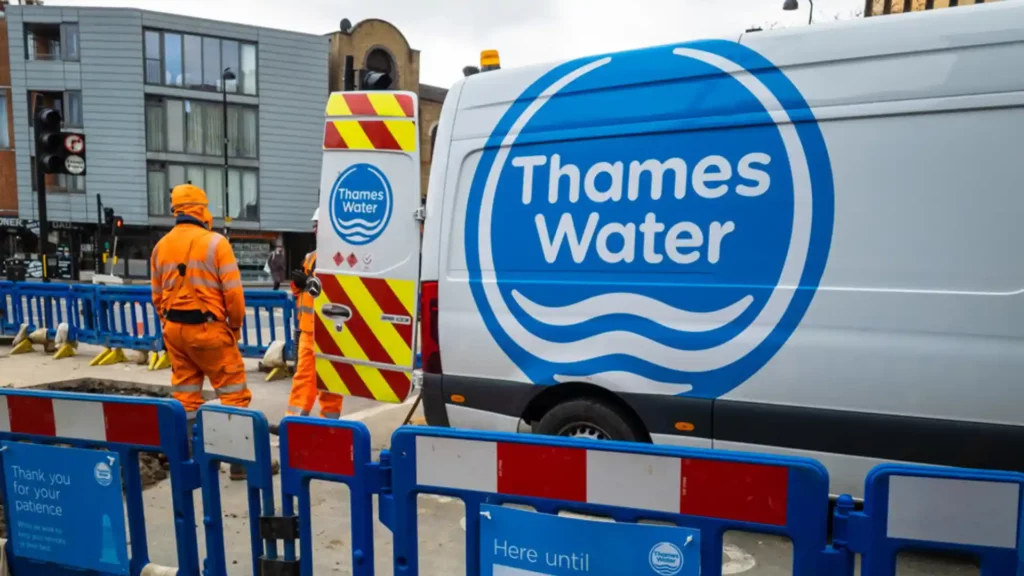Thames Water is the UK’s largest water and sewage supplier and currently, it is in deep trouble. The Thames Water crisis has far-reaching consequences that will affect millions of people. The financial issues faced by the company could drive it to temporary nationalization, creating problems for the current government.
What is the Thames Water Crisis?
The company is currently going through serious financial troubles due to a large number of factors. The main issue is the wobbling £16 billion debt burden along with an urgent need for £3 billion to fix or revamp its old infrastructure. The firm conducted months of negotiations with the regulator Ofwat, and Thames Water’s shareholders announced its business plan “univestible,” refusing to inject the funds worth £500 million. This hesitancy created a tumbling effect, ending in a default on £1.4 billion of debt obligations. This has worsened the company’s financial situation.
Thames Water was privatized in 1989 during Margaret Thatcher’s era. Since then, they have embarked on a journey through a series of ownership changes, which proved to be successful. Each of these ownerships had a huge impact on the company’s financial circumstances. In the last 35 years, the company had a lot of owners and the most significant among them was the Australian investment banker Macquarie. The bank took a 48% stake in 2006.
Macquarie’s structured financial product called a whole-business securitization model allowed it to increase debt at the company. Another factor that led to the increase in debt is inflation. So, in the last few years, the debt pile has increased as global inflation has also escalated.
The Nationalization Dilemma
Amid increasing concerns, the possibility of temporary nationalization is present. The current government, led by Prime Minister Rishi Sunak, remains committed in its stance against such a measure. This also emphasizes the need for private investors to address the company’s financial difficulty. The chief executive of Thames Water Chris Weston mentioned that the idea of temporary nationalization is still at large, but it might not happen so soon. All this depends on whether Thames could find additional equity in the private market. If not, the government may force the courts to initiate insolvency proceedings which will bring the company under special administration.
Analyses for Customers
There are valid concerns over the collapse of Thames Water for the millions of customers who depend on it for their everyday requirements. But backup procedures exist to guarantee continuous service delivery and special administrators are ready to take over in case of emergency. Taking a cue from previous utility crises, the government is committed to protecting consumer interests if Thames Water becomes critically unstable.
Demands for Ownership
Reaching the nine different investors through Kemble Water Holdings Ltd. is akin to navigating a maze when it comes to Thames Water’s ownership structure. The ownership mosaic highlights the company’s global reach, despite associated complexity and issues over transparency, ranging from Canadian pension funds to sovereign wealth institutions.
Future Plans for Water Bills
The impact on customers’ wallets is an issue that remains on Thames Water’s journey. The financial future of households is uncertain due to predicted bill spikes of up to 40% by 2030. To guarantee fair results for customers, monitoring is still essential, and Ofwat is responsible for examining proposals. An important consideration is how to keep a balance between affordability and sustainability in the face of doubts about Thames Water’s capacity to apply its investment plans.
According to the Consumer Council for Water Thames’s plan is quite unacceptable because it charges customers more for future investments. The regulatory authority also warned that Thame’s investment program may not be deliverable as they expected it to be.
